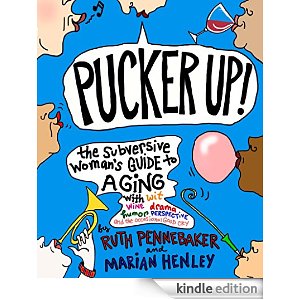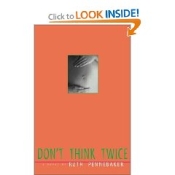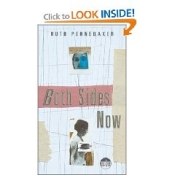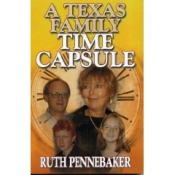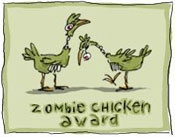I’m wandering around the SXSW film festival with some of my friends, waiting in long lines, eating dinner (a bag of popcorn) standing up, arguing about what we should see next, trying not to be resentful of people with badges around their necks who look a lot cooler and with-it than we do.
What I can recommend wholeheartedly — out of all the movies I’ve seen — is the documentary, Crawford. It tells the stories of people who live in that small Central Texas town where George W. Bush bought a ranch very shortly before he began his campaign for the 2000 presidency.
There’s a passionate Baptist minister who’s striving to save the town’s youth, an extraordinary schoolteacher who helps her students question their assumptions about the world, a high school student who rebels against conservative mores, a good old boy who rides his horse through downtown with Cindy Sheehan’s name painted on the horse’s rear end, a woman who opens a gift shop with Bush paraphernalia. The high school teacher, Misti Turbeville, is everything you would want in a teacher for your own children — patient, caring, inquiring; she’s the very heart of this documentary.
Take a deeply unpopular president, a currently unpopular state (because of the aforementioned president), and a group of small-town people — and the last thing you’d expect is what you get in this documentary: A compassionate, multilayered, sympathetic look at a group of individuals who live together the best way they can. Bush isn’t one of the townspeople, aside from his brief forays into Crawford; he’s simply a sideshow in a series of black limousines, an economic engine, then a magnet for dissent and support about a war thousands of miles away. Crawford isn’t his home as much as it was a rural backdrop for his presidency.
After the limousines leave, the protesters depart and the gift shop closes, there’s still a small town of weathered faces and old men who play dominoes and a generation of children maturing and opening up to the rest of the world beyond their horizons. Crawford reminds you of how wonderful and fulfilling a good documentary can be when it lets the cameras roll and tries to understand different perspectives — instead of fitting evidence into preconceived ideas. See it if you can.


